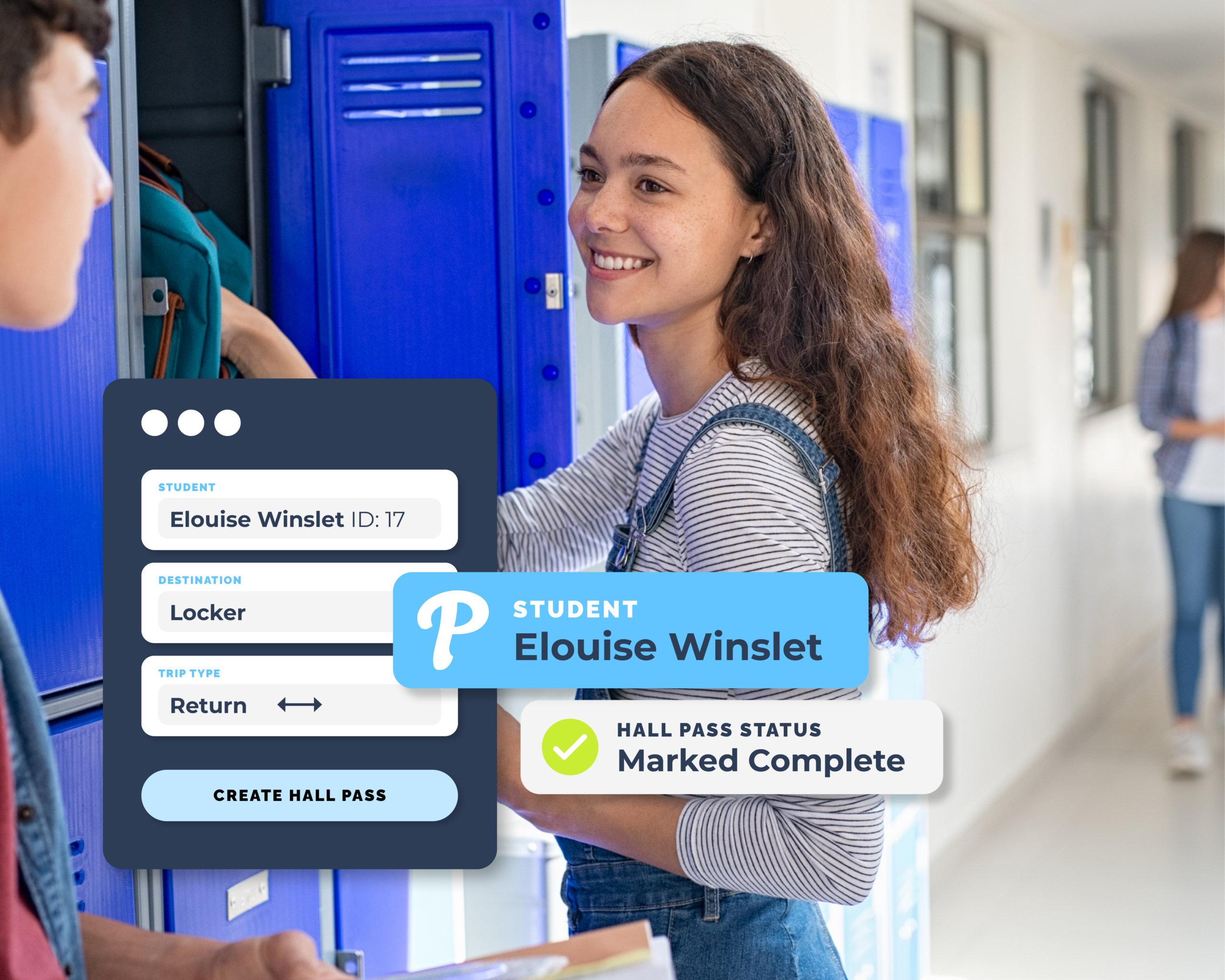The Role of Digital Hall Pass Technology in Promoting Student Safety
School safety is a top priority, and technology is stepping up to make campuses safer than ever. Digital hall pass technology is one of the solutions. It’s not just about monitoring where students are; it’s about creating a secure environment where every movement can enhance safety protocols.
This technology does more than monitor hall traffic —it integrates with broader school security systems to ensure swift responses in emergencies and manage student permissions efficiently. Keep reading as we dive into the details of how digital hall passes are making schools safer and what challenges they involve.
—it integrates with broader school security systems to ensure swift responses in emergencies and manage student permissions efficiently. Keep reading as we dive into the details of how digital hall passes are making schools safer and what challenges they involve.
How Hall Pass Technology Works
Digital hall pass technology streamlines the way students move around a school. Instead of the old paper slips, students use digital passes that they can access through devices like smartphones or tablets. Here’s how it typically works: a student requests a pass through an app, the teacher approves it digitally, and then the pass logs the time, destination, and duration of the student’s absence from class.
The technology keeps a real-time log that administrators can review at any time. This provides a clear, instantaneous record of who is out of class, where they are, and when they left. It reduces confusion and enhances accountability, making it harder for students to misuse passes or be unaccounted for.
Enhanced Security Features of Digital Hall Pass for Schools
Digital hall pass systems, like those developed by Pikmykid, aren’t just convenient; they are also packed with features that enhance school safety. They are developed to keep students protected and manage school security more efficiently. Here are some key security features:
- Real-time location tracking
- Customizable restrictions for certain areas or times
- Automated alerts for unusual activity
- Quick lockdown capability
- Detailed reports for audit and analysis
- Integration with other security systems like cameras
- Secure, tamper-proof pass records
Integration with School Security Systems
Hall passes do more than monitor traffic flow of students; they’re part of a larger security ecosystem within a school. These systems can integrate seamlessly with different security efforts. For example, if a camera detects someone in an unauthorized area, the digital hall pass system can quickly identify whether the person has a valid pass to be there, enhancing the school’s ability to monitor and respond to situations.
Further integration includes emergency management. In the event of an emergency, digital hall passes can be used to account for students’ locations quickly. This integration helps ensure that all students are safe, and that staff can evacuate buildings or lock down rooms more effectively.
Finally, the data collected by hall pass systems can be used for long-term security planning. By analyzing movement patterns, schools can identify potential security weak spots or refine evacuation routes. This proactive approach to security planning makes schools safer places to learn and work, helping everyone feel more secure about the environment.
Impact on Emergency Response Times
Hall pass technology significantly speeds up emergency response times. In a crisis, every second counts. With real-time data on student locations, school safety officers can react swiftly. For instance, if a student is unaccounted for during a fire drill or real evacuation, the system immediately shows their last known location, allowing for a quicker rescue.
This technology also streamlines communication and alerts during emergencies. Instead of manually checking who’s out of class, administrators can instantly pull up a comprehensive list. This reduces chaos and ensures a more organized evacuation or lockdown, keeping everyone safer.
Monitoring Student Movements: Benefits and Considerations
Hall passes offer a sophisticated way to determine student movements, enhancing both security and administrative efficiency. Schools can ensure safer, more controlled environments. However, integrating this technology requires careful consideration of various factors to balance security with personal privacy and ensure it’s used responsibly.
Benefits
- Improved security with real-time data
- Quick response to incidents
- Enhanced compliance with school policies
- Reduction in truancy and unauthorized absences
- Insightful data on student movement patterns
Considerations
- Privacy concerns associated with continuous tracking
- Potential for creating an atmosphere of surveillance
- Dependency on technology, which could fail
- Costs associated with adopting and sustaining the technology
- Need for explicit guidelines on data usage and storage
Privacy Concerns with Hall Pass Technology
Despite its benefits, a digital hall pass for schools raises privacy concerns. Surveying a student’s every move can feel intrusive. It’s crucial that schools set clear policies on how they handle this data. Who sees it? How long is it stored? These are important questions that need transparent answers to maintain trust.
Furthermore, there’s a risk of data breaches. Schools must enforce robust security standards to safeguard this sensitive information. Keeping student data safe from hackers is not just about following laws; it’s about protecting individuals and maintaining a safe learning environment.
Teacher and Administrator Perspectives on Digital Hall Pass
Teachers and administrators often see hall pass technology as a boon. It simplifies monitoring and reduces the chance of students misusing passes. Teachers can manage passes without interrupting their teaching, which keeps classes running smoothly. Many enjoy the heightened security and efficiency.
However, some express concerns about becoming too reliant on technology. They worry about what happens if the system goes down. Plus, the initial setup and training can be daunting. Overall, though, the feedback is positive as the benefits in safety and efficiency are clear.
Future Developments in Hall Pass Technology and Student Safety
Looking ahead, hall pass technology is poised for more sophisticated developments. Future versions could use AI to anticipate and stop possible incidents by examining movement patterns. There’s also potential for integrating more biometric data, like facial recognition, to ensure that passes are used by the right student. These advancements present exciting technology research topics for those interested in enhancing student safety through innovative solutions.
Another thrilling option is the use of this technology with virtual reality for training purposes. Students and staff could practice emergency drills in a simulated environment, making real-life drills more effective. These advancements promise to make schools even safer, using technology to tackle issues we’re only just beginning to understand.
Conclusion
Digital hall pass technology is reshaping how schools handle safety and student monitoring. While it offers enhanced security and efficiency, it also requires careful consideration of privacy issues.
As we move forward, it’s important for schools to balance these aspects, ensuring that they protect students while providing a safe, supportive environment for education. With thoughtful implementation and ongoing refinement, digital hall passes can play a pivotal role in modern educational safety strategies.



